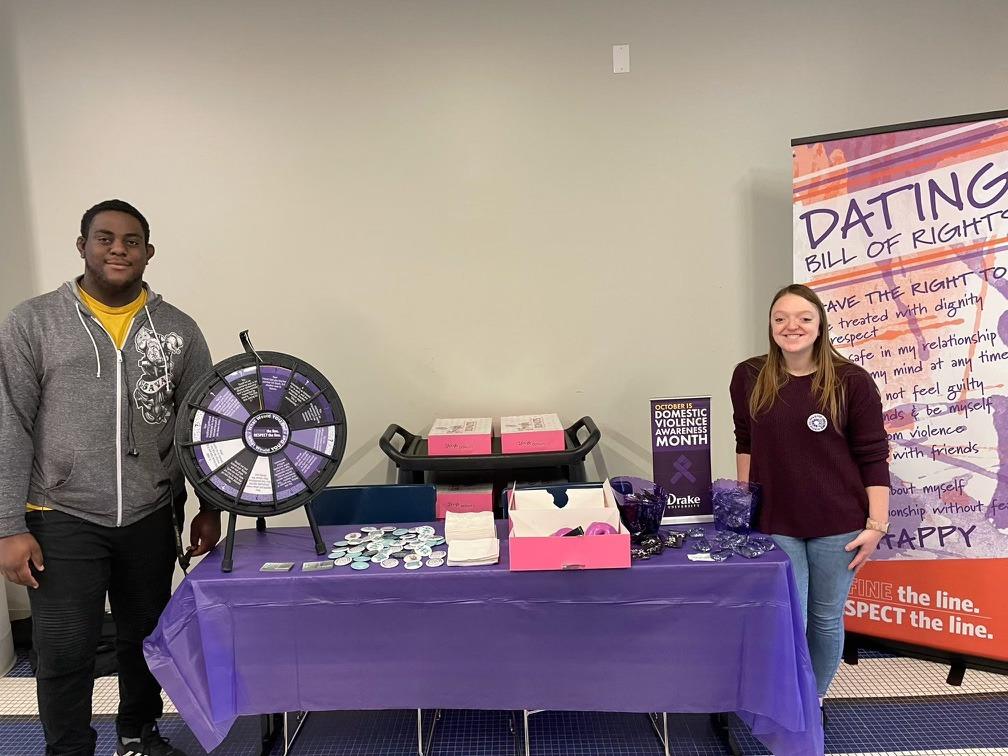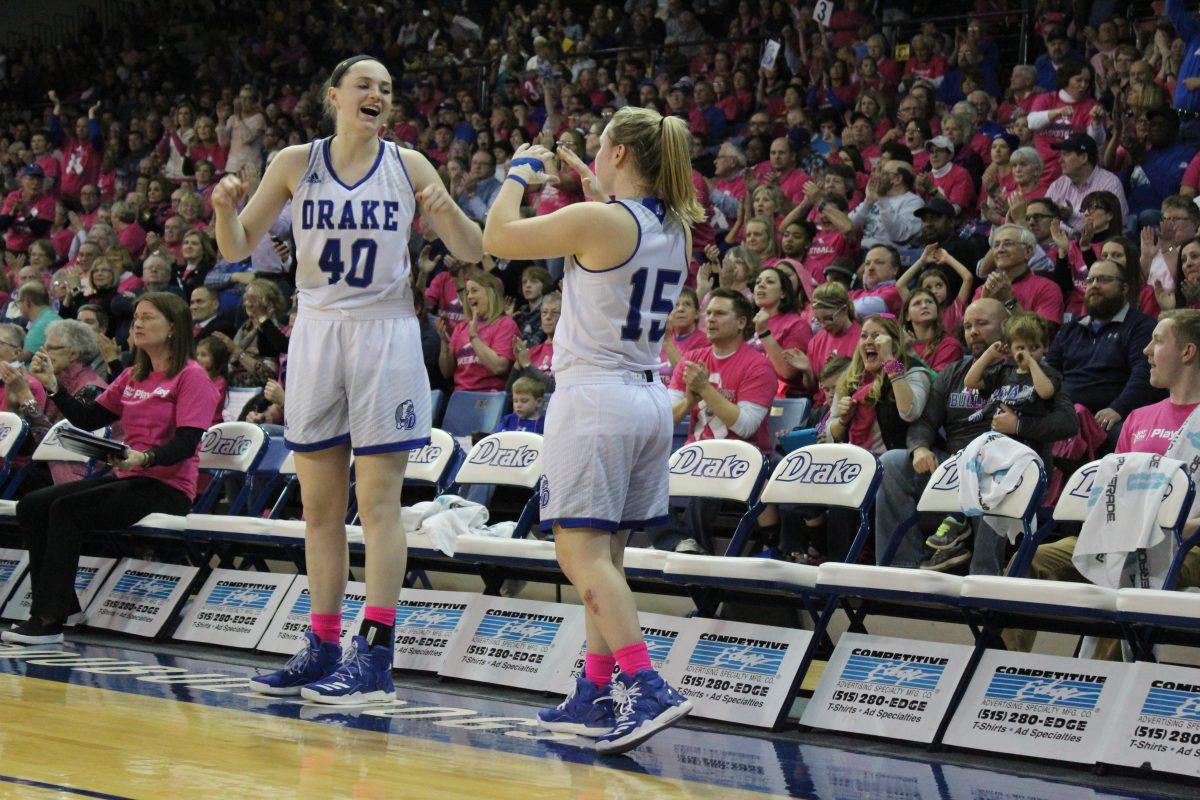STORY BY ANNELISE TARNOWSKI

Future Islands may have been the best show in Des Moines this year.
They are an East Coast group that got its start at East Carolina University in 2006, beginning with a few self-released singles and EPs. They sound like 90s grunge meets 80s synth-pop, with a few new wave elements.
In 2010, they released their first full-length album, “In Evening Air,” on the Thrill Jockey record label out of Chicago. Thrill Jockey is a small, independent label for up-and-comers. Only a year later, Future Islands put out a second full-length album, “On the Water.”
Both of these albums are filled with love and break-up songs, but they’re so unlike the T-Swift singles. With complex sentence structure, and poetic phrasing, the first few listens don’t allow a full understanding of the material, although the tone of the song comes across regardless of whether or not you have the lyrics pulled up as you listen.
For a taste of the poetry, the title track from “In Evening Air” explains a now-foreign relationship as “tethered to finding a rope, we walk in precarious ways. And go alone at night to Misery’s bed. In Misery’s bed we stay.”
Their 2014 album — cleverly titled Singles — is no different. And now on the 4AD label, Future Islands finds themselves next to other acts their size such as Pixies, Deerhunter, St. Vincent, and tUnE-yArDs.
After visiting 48 other states over the last eight years, Future Islands only just came to Iowa for the first time last week.
This new album is in the same vein as the last two, but the viral world of the Internet allowed a greater reach for the band, as everyone was finally able to see the man behind the pen: Samuel Herring.
In early March, the band played on “The Late Show” as the musical guest. Herring’s performance of the hit single “Seasons” left the country’s proverbial jaw dropped. He used the entire stage, his performance building with the music. It had a rock arena vibe in terms of his passion, and Des Moines finally got to witness this first hand for every track.
Wearing dress pants and a tucked-in button-down, Herring looked like an accountant. He reminded you of this between every song when he paused and reset himself. While he was performing these completely dance-oriented tracks, I often found myself unable to dance: instead I was transfixed.
The lights at Wooly’s were mixed to create pallets that looked like sunsets, and that evolved with the song from a sky-blue to a deep red as we approached the chorus.
With a combination of rock-style air punches and chest pounding so loud you could hear it from East Locust, I was locked on Herring, waiting for more. Every track, he would create a small story with just his body.
Was he going to pull something invisible from his mouth at the beginning and swallow it at the end? Or was he going to pretend to cut himself open and lick away his invisible blood? Whatever was next, I had to see it.
Without the sound of the music alongside this, it all seems foreign. If I said he used screamo techniques in just about every song, you likely wouldn’t listen. But the dreamy-synth pop, catchy-but-not-too-catchy hooks and the overwhelming sense of nostalgia make it possible to get on board.
I’m proud to say that the full room made him love the show, too. They will be back.
Ticket alert: Of Montreal at Wooly’s on October 7.


